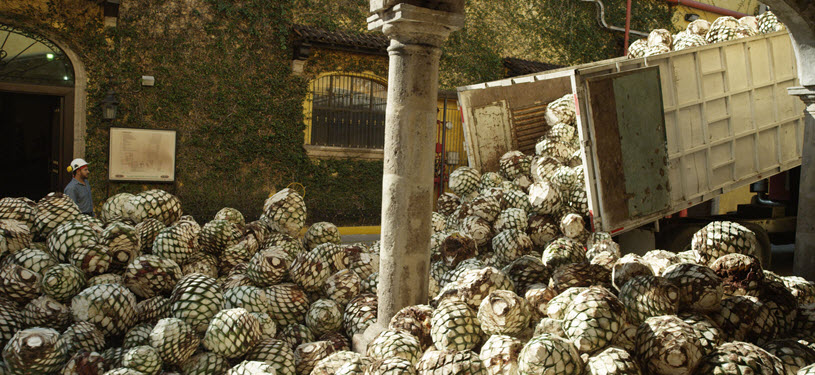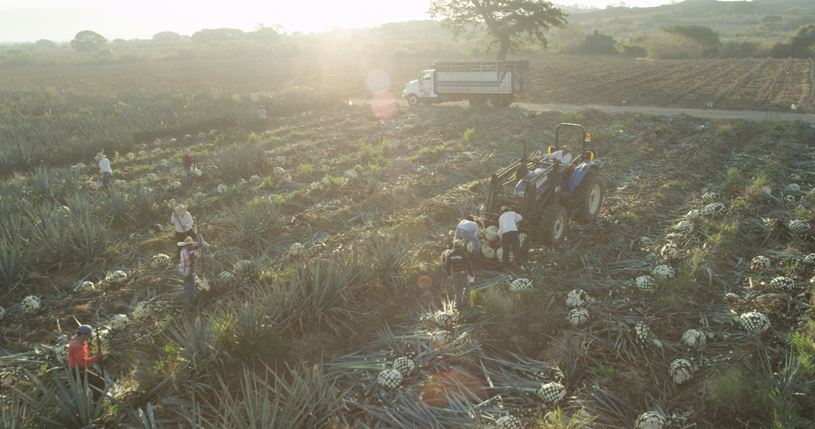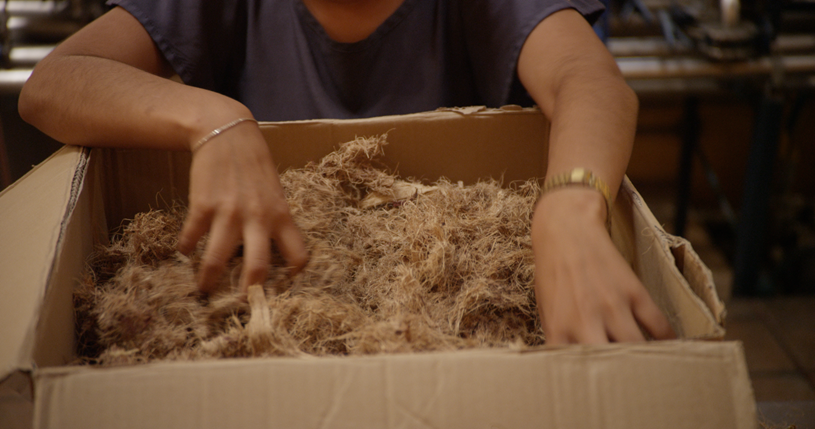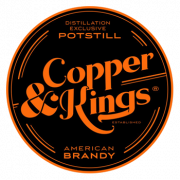
Drinking and driving never mix but, in the case of a spent agave plant there may be a bit of an exception. Agave takes 7 to 10 years to grow and mature. After those seven years, it’s used to make one of the finest clear spirits in the world – Tequila. A Jimador is a farmer that takes care of the plant during its lifespan. Once the plant is ready for harvesting, El Jimador uses a coa, a sharpened semi-circular blade attached to an elongated wooden handled tool to uproot the plant and cut through its 200 plus thorny leaves. What’s left is the heart of the plant or Piña.
200 to 300 Tons of Agave Harvested a Day


Stay Informed: Sign up here for the Distillery Trail free email newsletter and be the first to get all the latest news, trends, job listings and events in your inbox.
Tequila maker Jose Cuervo normally harvests between 200 and 300 tons of agave a day. Once harvested the piña goes on its journey to be cooked, pressed to extract the juices, fermented, distilled, aged and then bottled. You can learn more about the process here. At the end of the day, there are literally tons of fibers from the plant left over. Jose Cuervo uses a portion of the remaining agave fibers as compost for its farms, and local artisans make crafts and agave paper from the remnants.
Spent Agave Plant to Get 2nd Life as Automobile Parts


Now, as part of Jose Cuervo’s broader sustainability plan, the tequila maker is joining forces with automaker Ford to develop a new way to use its remnant fibers. Ford Motor Company and Jose Cuervo® are exploring the use of agave fiber byproducts to develop a sustainable bioplastic for use in vehicle interior and exterior components such as wiring harnesses, HVAC units and storage bins. Initial assessments suggest the material holds great promise due to its durability and aesthetic qualities. Success in developing a sustainable composite could reduce vehicle weight and lower energy consumption, while paring the use of petrochemicals and the impact of vehicle production on the environment.
Related Stories
How Tequila is Made [Infographic]
A Day on the Trail: Patrón’s Hacienda Distillery Tour
Tequila Facts & Figures – The Foundation of America’s Most Popular Cocktail [Infographic]
“Jose Cuervo is proud to be working with Ford to further develop our agave sustainability plan,” said Sonia Espinola, director of heritage for Cuervo Foundation and master tequilera. “As the world’s No. 1-selling tequila, we could never have imagined the hundreds of agave plants we were cultivating as a small family business would eventually multiply to millions. This collaboration brings two great companies together to develop innovative, earth-conscious materials.”
Debbie Mielewski, Ford senior technical leader, sustainability research department said, “We are developing new technologies to efficiently employ discarded materials and fibers, while potentially reducing the use of petrochemicals and light-weighting our vehicles for desired fuel economy.”
Ford began researching the use of sustainable materials in its vehicles in 2000. Today, the automaker uses eight sustainable-based materials in its vehicles including soy foam, castor oil, wheat straw, kenaf fiber, cellulose, wood, coconut fiber and rice hulls.
“There are about 400 pounds of plastic on a typical car,” said Mielewski. “Our job is to find the right place for a green composite like this to help our impact on the planet. It is work that I’m really proud of, and it could have broad impact across numerous industries.”
According to the United Nations Environment Programme, 5 billion metric tons of agricultural biomass waste is produced annually. A byproduct of agriculture, the supply of materials is abundant and often underutilized. Yet the materials can be relatively low cost, and can help manufacturers to offset the use of glass fibers and talc for more sustainable, lightweight products.
Please help to support Distillery Trail. Like us on Facebook and Follow us on Twitter.














